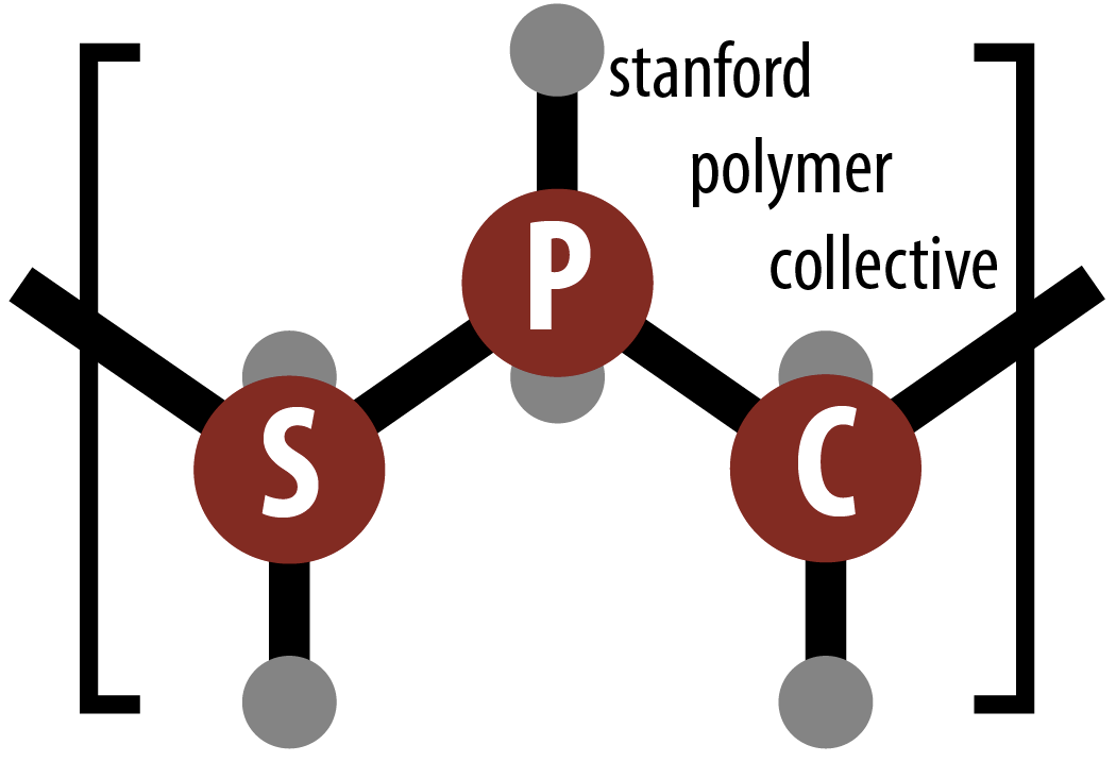Winter Quarter Lunch and Learns
Monday, March 1st at 12 pm PST
Dr. Fatemeh Ostadhossein
Postdoc Advisors (Stanford): Prof. Joseph Wu and Prof. Sarah Heilshorn
Monday, March 8th at 12 pm PST
Dr. Phillipp (Phil) Baumli
Postdoc Advisor: Prof. Gerald Fuller (Stanford)
Monday, March 15th at 12 pm
Dr. Shaoyang Wang
Postdoc Advisor: Prof. Zhenan Bao (Stanford)
Additional Information:
Monday, March 1st at 12 pm PST
Dr. Fatemeh Ostadhossein
Postdoc Advisors (Stanford): Prof. Joseph Wu and Prof. Sarah Heilshorn
Title: Polymer Carbon Dots: From Photoluminescence Investigation to Biomedical Application
Abstract: Polymer carbon dots (PCDs) are an emergent class of fluorescent nanomaterials whose shared behaviors with polymers can justify their complex photoluminescence phenomena. This includes an abundance of functional groups, a highly cross-linked network despite small molecule precursors, and poly-dispersed products. In this talk, I will elaborate on my research on PCDs and investigate the underlying photophysical events governing their unique fluorescence. In particular, I will talk about the effect of the precursors’ isomeric nitrogen position on the single-particle and ensemble luminescence of PCDs while I will elucidate how to fine-tune these properties by changing the hydrothermal synthesis conditions. Next, I will demonstrate the ease of surface functionalization to regulate PCD’s interaction with biological entities via chiral moieties. Finally, I will show how these platforms can be employed for various biomedical applications ranging from drug delivery and therapy to imaging (Fig. 1A). I will narrow down my talk to my latest efforts to fabricate inherently therapeutic PCDs to mitigate the dental biofilm.
Dental plaques are one of the most prevalent types of biofilm which can lead to dental caries due to the demineralization processes caused by acidogenic bacteria. These bacteria reside inside a protective sheath i.e. extracellular polymeric substances which makes any curative biofilm treatment challenging. By decorating PCDs with phosphonium ions and endowing stimuli-responsiveness to pathological pH-sensitive poly(styrene)-b-poly(N,N-dimethylaminoethyl methacrylate) (PS-b-PDMA), I could achieve more than 90% biofilm inhibition ex vivo (Fig. 1B). In vivo, these NPs could effectively suppress the growth of Streptococcus mutans in the rat model of dental biofilm. Importantly, RNA sequencing analysis of the dental microbiota showed that the diversity and richness of bacterial species did not significantly change with NP treatment (Fig. 1C).
Looking forward, I am interested in leveraging my materials engineering background in the field of immunotherapy via biomaterial-driven personalized induced pluripotent stem cells and work at the interface of stem cell biology and biomaterials for translational research.
Monday, March 8th at 12 pm PST
Dr. Phillipp (Phil) Baumli
Postdoc Advisor: Prof. Gerald Fuller (Stanford)
Title: Understanding and Design of Long-Term Stable Liquid-Infused Surfaces
Abstract: In this talk, I will present my Ph.D. work on liquid-infused surfaces. The main technique I used throughout my Ph. D. Thesis was confocal laser scanning microscopy.
Liquid-infused surfaces are two-component surface coatings consisting of a scaffold and a tethered liquid stabilized within and by the scaffold. They are promising candidates for liquid-repellent surfaces used as self-cleaning surfaces, anti-(bio)fouling coatings, and anti-icing coatings. They allow easy removal of contaminants in contact with the surface because they facilitate extremely low lateral adhesion of contaminants immiscible with the lubricant. Surprisingly, understanding the nature of drop friction on liquid-infused surfaces is still incomplete. In the first part of the talk, I will show how drop friction may be captured by a universal scaling behavior of the friction force of drops moving on liquid-infused surfaces.
A critical drawback of liquid-infused surfaces potentially limiting their applicability as coatings are flow-induced shear forces leading to lubricant depletion. In the second part of the talk, we improve the lubricant-retention by replacing the liquid lubricant with a soft solid, i.e., a hydrogel, and quantitatively investigate the resistance to shear flows of oils. The depleted lubricant must be replenished to maintain the functionality of the liquid-infused surface coating. So far, lubricant-replenishment strategies are limited to ex-situ methods, such as lubricant baths and spraying, or rely on built-in lubricant-reservoirs. In the last part of the talk, I will show how lubricant may be replenished in-situ from the flow of oil-in-water emulsions across the texture for a broad range of lubricant-solid combinations using minimal amounts of oil.
Monday, March 15th at 12 pm
Dr. Shaoyang Wang
Postdoc Advisor: Prof. Zhenan Bao (Stanford)
Title: Organic radical polymers for energy storage
Abstract: Organic radical polymers are promising electrode materials for lightweight, fast-charging, and flexible batteries. They consist of stable pendant radical groups covalently attached to non-conjugated backbones. In this study, the organic radical polymer was studied from two aspects – electron/ion transfer mechanism during redox reaction and its application as a battery electrode.
The doping mechanism of nitroxide radical polymer PTMA was quantitatively investigated using quartz crystal microbalance with dissipation monitoring (EQCM-D) during electrochemical processes. Results showed that two doping mechanisms exist – doping by lithium expulsion and anion uptake. In addition, the electron and ion transfer mechanism of conjugated radical polymers with intentionally varied radical loadings (0, 25 or 100%) was studied to understand their inferior capacity compared to their non-conjugated partners. These findings will advance the future design of organic radical polymer electrodes.

